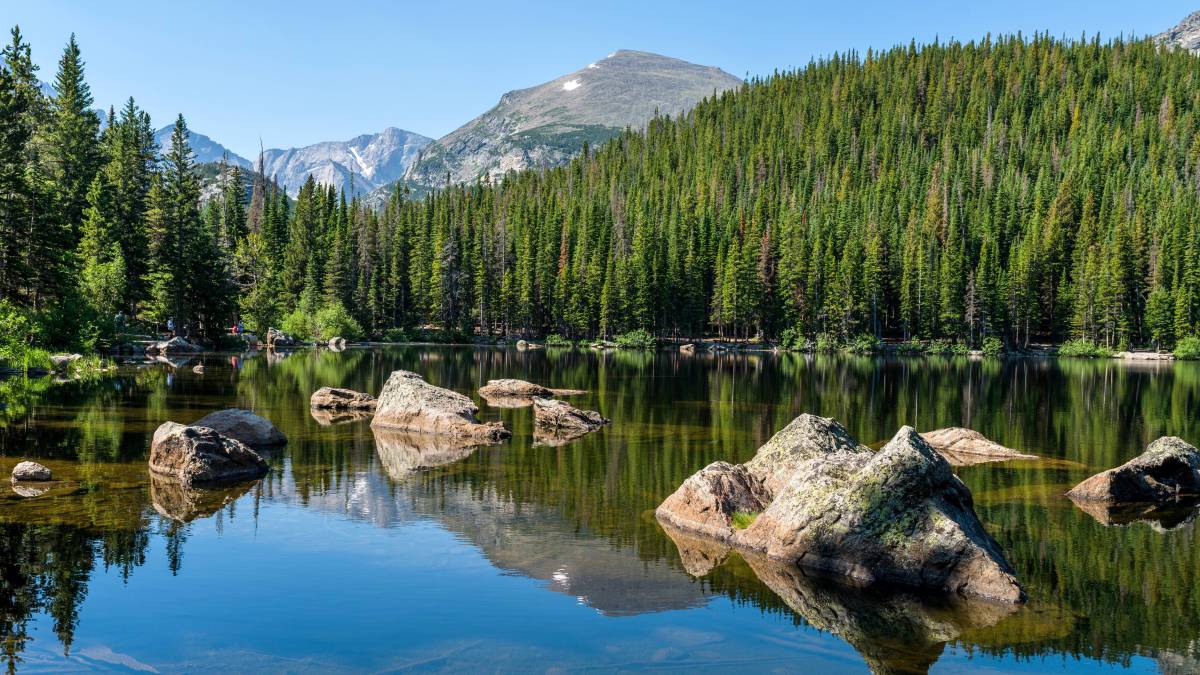
Along with “leave nothing but footprints” and “take nothing but photographs,” a key rule around being a good guest at one of the country’s 63 national parks is to never bother or even get too close to any wildlife one encounters during the visit.
Both on its website and on signs at the parks themselves, the National Park Service (NPS) reminds travelers to stay at least 25 yards or 23 meters away from any large wildlife they come across while also being mindful and not harm any smaller animals like squirrels, birds or reptiles.
Related: National Park visitor becomes first to get arrested for this in 2024
Strict enforcement (those who disregard this can face anything from a fine to federal charges) has to do not just with respect for the environment and the animals themselves but also safety — every year, there are injuries or even deaths amid parkgoers who either break the rules or accidentally come across a wild animal’s path.
A ‘surprise encounter with two grizzly bears’ causes serious injuries
The latter is what occurred when, on May 19, a 35-year-old Massachusetts man suffered serious injuries from a bear at Grand Teton National Park.
More on travel:
- Another National Park just made it more difficult for you to visit
- Delta Air Lines makes a baggage change that travelers will like
- United Airlines passenger incident triggers quick response
He had been hiking alongside the park’s Signal Mountain Summit Road and, according to NPS, was likely caught off guard by a “surprise encounter with two grizzly bears” in which one came into contact and injured him.
As park authorities and law enforcement investigate exactly what occurred, Grand Teton’s Mountain Summit Road and Signal Mountain Trail have been closed off to visitors.
Related: These national parks are the most expensive to visit
Unexpectedly come across a bear? Here is what you need to do
To prevent similar incidents from occurring in the future, the NPS is reminding overnight visitors and those eating inside the park to “store all attractants, including coolers, cooking gear, pet food, and toiletries, inside a bear-resistant food locker” and “store garbage until you can deposit it into a bear-resistant dumpster.”
Anyone exploring backcountry and more remote parts of the park are also reminded to always stay on the lookout for bears that may sneak up behind you unexpectedly. The specific animal will also depend on the park. In April, an Idaho Falls man was injured after coming across a herd of bison crossing at Yellowstone's West Entrance Road and kicking one in the leg.
While he was apprehended by park rangers and charged for approaching and disturbing wildlife, a woman who was simply out for a walk around a Yellowstone lodge site was gored by a bison who snuck up on her in 2023.
“If you see a bear, please give it space,” writes the NPS. “Always stay at least 100 yards away. If you choose to watch or photograph the bear, use a spotting scope, binoculars, or telephoto lens. Park in designated areas, and never block travel lanes.”
Related: Veteran fund manager picks favorite stocks for 2024







